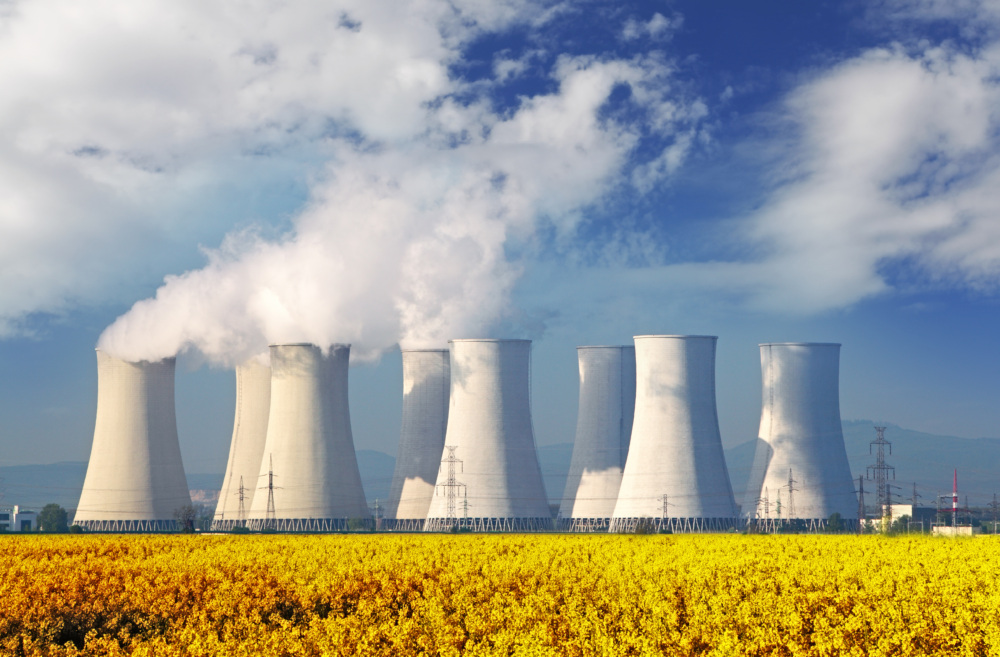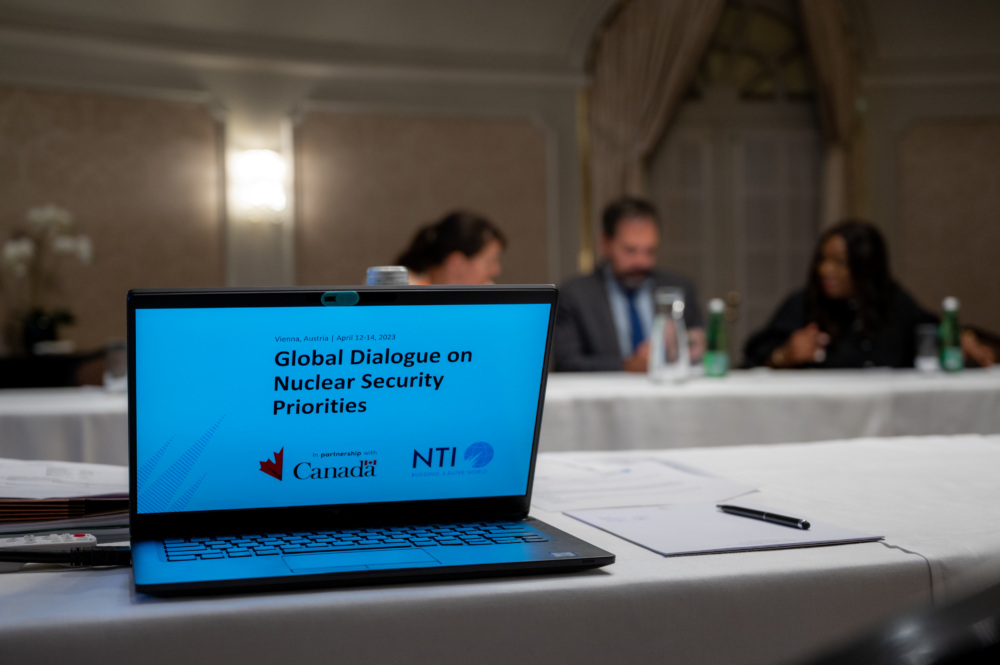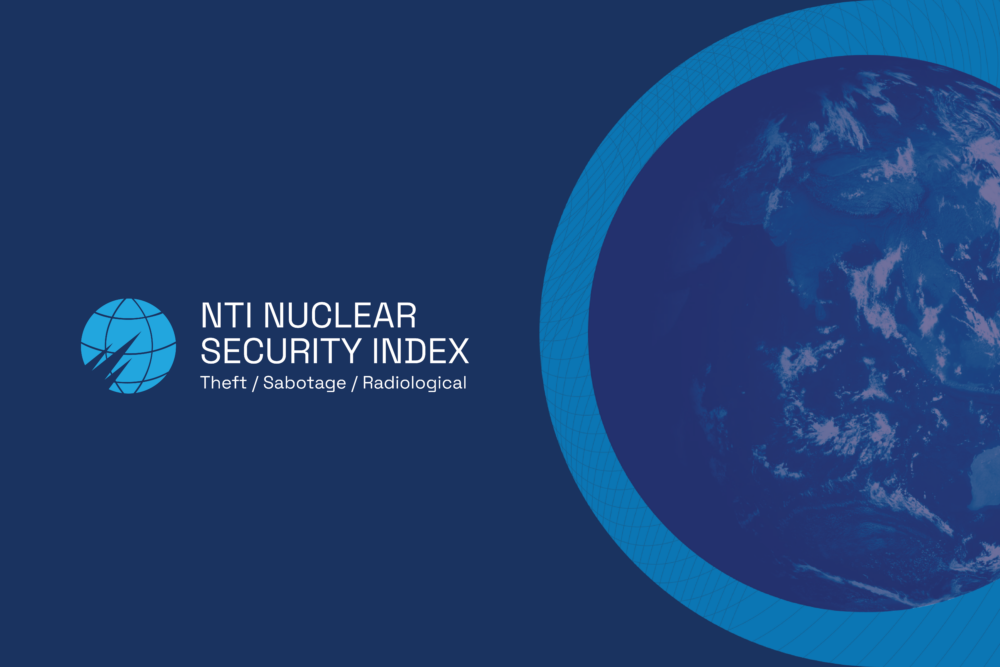
No Time to Waste: Steps for Success for the 2014 Nuclear Security Summit and Beyond
In just four weeks, leaders from 53 countries will gather in The Hague for the third Nuclear Security Summit (NSS) aimed at preventing nuclear terrorism. Many think that all decisions are made and there is no time for action. The opposite is the case: the coming weeks provide time for countries to take key steps and ensure the Summit’s full potential is tapped.
Leaders will announce new approaches and measures to counter the global threat of terrorist, criminal or other unauthorized access to nuclear materials. The Summit also will offer a rare “accountability” moment when countries report on commitments made previously. All of these are important steps but they risk falling short of building the global nuclear security architecture needed to protect everyone, even after Summits are a memory. There is still time to mitigate that risk.
Over the last four years, many countries have made meaningful contributions and commitments to improve nuclear security. Taken together, however, they still do not add up to an effective security and control system for nuclear materials at the global level. The international community remains inadequately organized to combat the threat.
The two-year preparatory process preceding each Summit often leads to the mistaken presumption that outcomes are predetermined, and the Summit is only a formality. The time remaining before leaders convene represent precious time still left on the clock. Governments should take three crucial steps to make sure they are using the Summit’s full potential to properly organize the international community while also setting themselves up for success to continue that work after the Hague Summit.
The first step includes signing on to thematic “gift baskets” – an innovative concept from the 2012 Seoul Summit – in which countries join together to support specific goals such as transport security, cooperation on nuclear smuggling or nuclear information security. The “Strengthening Nuclear Security Implementation” gift basket, crafted by the current and previous NSS hosts (the Netherlands, South Korea, and the United States) merits serious consideration. Participating countries commit to work through their nuclear regulatory process and implement measures to level the unevenness in countries’ nuclear security practices (e.g. adopting the International Atomic Energy Agency’s (IAEA) currently voluntary guidelines) and to promote accountability for effective nuclear security at home (e.g. performing self-assessments). Also included are voluntary measures for countries to build confidence abroad about their nuclear security. Participating countries are signaling their enduring commitment to nuclear security excellence and will be noticed. Some are even ready to form the foundation of the needed global nuclear security architecture.
A second step is for countries to make every effort to fulfill their previous commitments and provide full accounting at the Summit through their National Progress Reports. Spotlighting the nuclear terrorism challenge at the level of leaders helped the Summits raise the bar in defining responsible nuclear security behavior. In parallel, the emerging norm of accountability to one another is further fostered when countries provide their National Progress Reports. Each contribution matters and helps create the mounting expectation from other countries that those contributions are important to everyone’s collective security, hence the need for more information.
The third step involves one of the most underused mechanisms for shaping the global nuclear security agenda: the statements leaders make at the Summit. These communications can have an impact. They serve as markers for what is at stake for nuclear materials security worldwide, the progress achieved, the work left undone, and the path ahead. Considering the global consequences of failure in this endeavour, leaders need to explain to people around the world that governments are making crucial commitments to ensure their security. Although the 2014 NSS is the focal point, leaders can generate political space to kick start the 2016 NSS to be hosted by the United States.
Beyond these near-term tactical steps, governments post-2014 should evaluate whether they are sufficiently tackling the challenge. Identifying the supply and demand variables that contribute to the threat of catastrophic nuclear terrorism uncovers underlying problems in addressing it.
The supply side variable is 2,000 metric tons of nuclear bomb-making material (highly enriched uranium and separated plutonium) stored at hundreds of sites across 25 countries. Not all sites are well secured against terrorists, criminals or insiders attempting unauthorized access to these materials. This vulnerability was demonstrated by the July 2012 security breach by protesters of the Y-12 facility where the U.S. stores an estimated 400 tons of highly enriched uranium for military use and the security practice lapses, reported in December 2013, at the U.K.’s Atomic Weapons Establishment, a military site engaged in constructing, maintaining, and disassembling nuclear warheads. (1)
The demand side of the threat is dynamic. Terrorist groups, such as Al Qaeda, are known to be pursuing their own “nuclear option” and continue to adapt and metastasize unpredictably. The persistent intent to acquire these deadly materials is underscored by the reported confession in December 2013 from the Indian Mujahideen’s leader that he sought from his Pakistan-based commander a small “nuclear bomb” to be detonated in India. (2)
Governments have the greatest power to diminish the supply side of the threat but the IAEA has identified a variable that complicates accelerated efforts to prevent nuclear terrorism: some countries do not recognize the threat of nuclear terrorism, do not take preventive action and are complacent. The IAEA states these countries “pose the biggest risk.” (3) Thankfully, they are fewer in number than before the 2010 Washington Summit, but they highlight the core problem that there are no “rules of the road” governing the security of the world’s deadliest materials. Without rules, it is no surprise that there is no durable culture of mutual accountability, no way to measure progress or assess each other’s performance, and no way to hold a country accountable when its security is lax.
To resolve this problem, countries must organize themselves for the threat at hand. This means building a comprehensive global nuclear security architecture. It must be based on the principles that: all nuclear materials in civilian and military use are covered; international standards and best practices are employed consistently around the world; countries take steps to build the confidence of others about the effectiveness of their nuclear security; and, risk reduction occurs as countries continually assess their options to further consolidate or eliminate nuclear materials. To battle complacency, the Nuclear Security Summits invaluably introduce new concepts and provide a forcing function for action from countries.
Continued resistance from some countries to take these steps will carry high costs. Imagine our worst nightmare: an improvised nuclear device with the destructive capacity similar to the bomb that leveled Hiroshima has been detonated by a terrorist. Hundreds of thousands of people are instantly killed or injured. How would leaders explain to their citizens that they wasted the opportunity to work with others on the global architecture that would have prevented this disaster — particularly when the blueprint to build it had been right in front of them?
No country working alone can protect its territory and citizens from this threat. Instead, countries must work together, and the Summits afford a precious, but not endless, opportunity to create the political imperatives needed to motivate action. The good news is that the foundational elements for the global nuclear security architecture are coalescing through this last round of summitry. President Obama’s announcement of another Summit in 2016 has added necessary time to the clock to finish the job that would make certain that long after current leaders have left the stage, security will be ensured. (4)
There is still time for action before the Hague Summit and in the two years afterwards. The opportunity for countries to work together in this accelerated and collaborative way is not going to last forever. The window will close. International attention will divert. The attention of terrorists and other criminals will not.
Stay Informed
Sign up for our newsletter to get the latest on nuclear and biological threats.
More on

Ernest J. Moniz and Armond Cohen in the Boston Globe: “The world wants to triple nuclear energy: What will it take?”
To make good on their COP28 pledge, countries need a new approach to building, regulating, and financing nuclear technology.

Fostering Nuclear Security Leadership and Innovation
Lessons Learned from 10 Years of the Global Dialogue on Nuclear Security Priorities

The NTI Nuclear Security Index
The NTI Index is recognized as the premier resource and tool for evaluating global nuclear and radiological security.
